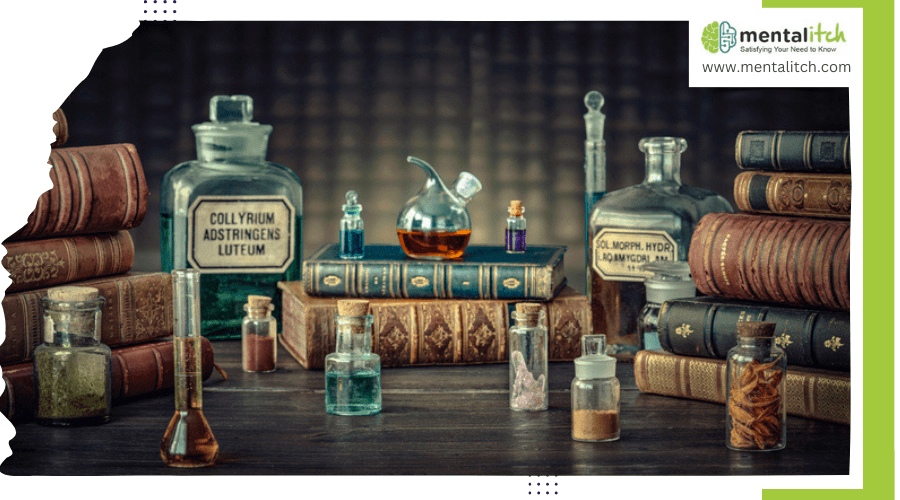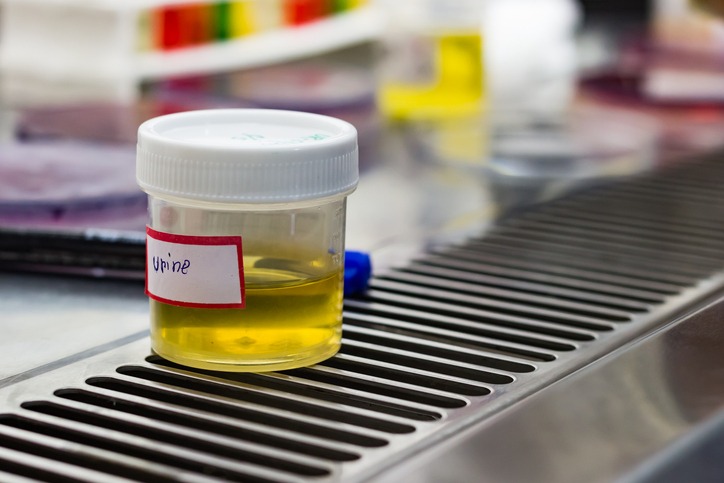The Middle Ages was marked by unusual remedies and curious treatments, many of which seem strange by modern standards. From using leeches to balance bodily humor to applying powdered unicorn horns believed to possess magical healing properties, medieval healers employed various methods to combat ailments. These practices were grounded in the limited medical knowledge of the time and were often influenced by prevailing religious and cultural beliefs.
Getting Drilled by the Doctor
Drilled by a doctor” meant undergoing trepanning, not answering health questions. Trepanning, practiced since the Stone Age, involved boring a hole in the skull with a trephine to relieve brain pressure, cure mental health issues, or release evil spirits.
Although it sounds barbaric, trepanning still exists today. Now called trepanation, it is used to alleviate brain bleeds and is performed by neurosurgeons under general anesthetic.
Blessed Saints Cures
In the Middle Ages, saints were believed to perform miracles, and their relics, such as body parts or possessions, were thought to have healing powers. People traveled long distances to touch these relics, hoping for cures. While some reported miraculous recoveries, most did not.
Today, millions still go on pilgrimages to visit shrines with saints’ relics, seeking miracles. Despite strong beliefs, positive results remain rare, much like in medieval times.
Superstitious Remedies
Superstitious remedies were deeply integrated into medical practices. The Roman Catholic Church significantly influenced these beliefs, often interpreting illnesses as divine punishment for sins. This led people to seek cures to appease heavenly forces and alter their perceived destiny.
These remedies were rooted in the belief that suffering was a natural part of life, often seen as a test of faith or a consequence of sin. As a result, various practices emerged to address the spiritual causes of ailments rather than their physical symptoms.
Here are some examples of these remedies:
- Amulets and Charms: Objects believed to have protective powers against illnesses were commonly worn.
- Holy Relics: Touching or praying to the relics of saints was thought to bring healing.
- Astrological Treatments: The positions of stars and planets were consulted for diagnosing and treating ailments.
- Penitential Practices: Acts of penance, such as fasting or self-flagellation, were performed to atone for sins.
- Herbal Potions Blessed by Priests: Herbs were often combined with prayers and blessings to enhance their effectiveness.
These methods underscore the profound influence of superstition and religious beliefs on medieval medical practices.
Swollen Eyes Treatments
In medieval times, treating swollen eyes often involved superstitious remedies. One method was tying a live crab around the neck, believed to reduce swelling due to the crab’s mysterious nature. Another involved placing a specific water plant under the pillow to ward off evil influences.
Eye Infection Cures
Medieval medicine for eye infections showed a mix of practical and superstitious methods. Some seem bizarre now, but others showed an advanced understanding of natural compounds and their healing properties. Bald’s Leechbook, a well-known medieval medical text, had effective remedies, even against modern antibiotic-resistant strains like MRSA. It included the use of copper salts, which have antimicrobial properties.
Night Blindness Solutions
In medieval times, a practical remedy for night blindness was consuming roast buck liver, which is rich in Vitamin A, and essential for healthy eyesight. This helped address the deficiency causing the condition.
However, medieval medicine also included unconventional and superstitious practices. One bizarre remedy involved placing dung in the eye, reflecting the era’s reliance on unproven and potentially harmful treatments.
Using animal parts in remedies was common. The use of buck liver shows some understanding of nutrition, while the use of dung highlights the lack of scientific knowledge and the desperation for solutions, no matter how irrational.
Sipping the Samples
There was no laboratory during the Middle Ages, so doctors would taste a patient’s urine to diagnose illnesses.
Doctors also considered the color and smell of the urine. Uroscopy, diagnosing by examining urine, was already an old practice, but the Middle Ages introduced the urine wheel. This circular diagram helped doctors match urine characteristics to twenty different ailments. Though it seems simple now, it was a significant medical advancement at the time.
The Squirming Remedy
Doctors didn’t have antibiotics for wound infections in the past, but by the late 14th century, they discovered that maggots worked effectively. These larvae were used to treat wounds.
Maggot therapy dates back to ancient civilizations like the Mayans. It was rediscovered accidentally on battlefields when soldiers’ fly-infested wounds healed better. The maggots consumed the infected dead flesh and promoted healing. Although it sounds unpleasant, maggot therapy is still used today to treat ulcerous wounds and remove dead skin tissue.
Historical Corpse Medicine
In the past, doctors might have prescribed an elixir containing human flesh, blood, or bone. Known as “corpse medicine,” this practice was common for hundreds of years.
The Romans believed fallen gladiators’ blood could cure epilepsy. In the 12th century, apothecaries stocked “mummy powder,” made from ground-up Egyptian mummies. In 17th-century England, King Charles II drank “King’s Drops,” a brew made from a human skull and alcohol.
These medicines were thought to have magical properties, with patients consuming part of the deceased’s spirit for increased vitality. Specific cures matched ailments: skull for migraines and human fat for muscle aches. Sometimes, the sick attended executions to obtain fresh blood.
Pregnancy Practices
Pregnancy practices in medieval times combined dietary advice, superstitions, and herbal remedies to safeguard the well-being of both mother and child. Women were advised to avoid salty foods, alcohol, and vigorous exercise to maintain a healthy pregnancy. These recommendations were complemented by consuming specific herbs believed to promote fertility and facilitate childbirth.
Superstitions also played a significant role. Carrying an acorn was thought to ward off evil spirits, and many women wore amulets or charms for the spiritual protection of their unborn children.
Childbirth practices relied heavily on midwives and herbal remedies. Midwives used their knowledge to assist in safe deliveries, often employing various plants and herbs to manage pain and ensure a smoother childbirth process.
Conclusion
Medieval medical practices intertwined superstition with early medicine, showcasing a time of limited understanding and deep-rooted beliefs. Remedies ranged from tying live crabs around necks to placing plants under pillows. While these methods lacked scientific basis, they offer a fascinating glimpse into how our ancestors navigated health challenges.



